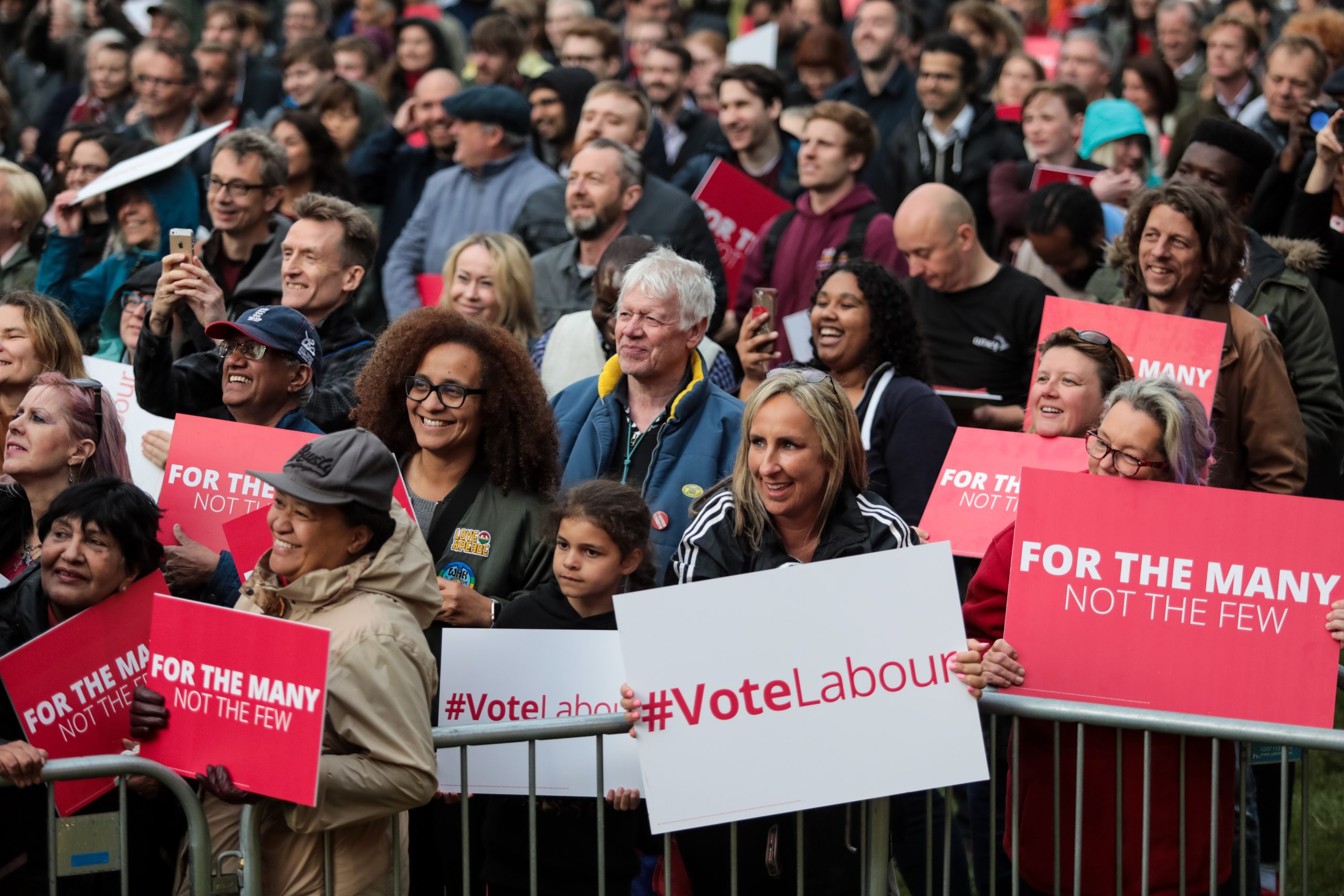
A year ago, when Theresa May called her snap election, we thought we knew where we were. Labour appeared to be heading for a 1983-style landslide defeat, hovering at around 25 per cent vote share in the polls. Although largely forgotten, just two weeks after the snap election’s announcement, Labour suffered a hammering at the local elections.
Within the space of just a few weeks, however, the party made an astonishing recovery. Since Big Ben struck 10pm on 8 June 2017, commentators have been struggling to work out what exactly happened to cause such a turnaround.
Was it all about Europe? The arch-Remainers have interpreted it as a reaction against the hard Brexit vision May presented to the country, while more cautious and Eurosceptic voices within the party argue it was Labour’s acceptance of the referendum result that allowed them to move the debate on to other issues. Supporters of the left-wing Labour leader Jeremy Corbyn believe it was his radical vision, which broke from New Labour’s triangulation and Miliband-era half measures, while Corbynsceptics have portrayed 2017 as the “free pass” election, in which people could vote Labour safe in the knowledge that the party wouldn’t win and that Corbyn wouldn’t become prime minister. Other analysts have emphasised the emergence of new demographic dividing lines, such as age, education and housing status.
None of these narratives is entirely satisfactory. My new study uses the British Election Study panel of over 20,000 people, and the picture the evidence provides is much more complicated. To offer a little clarity to the picture from a Labour perspective, I’ve broken down the electorate into six groups based on their voting behaviour, and for those who switched to Labour, the timing of that switch.
Let me take you through these tribes. As we’ll see, there are important differences between those who were already in the Labour camp by April 2017 – the 25 per cent or so who make up Labour’s new core vote, and the additional 15 per cent the party gained during the campaign that averted electoral disaster.
First of all, the 25 per cent. We have the left-wing Labour Loyalists – solid party supporters who voted for the party in 2015, still intended to vote Labour in April 2017, and ultimately did so in June. Then there are the New Die Hards, who didn’t vote Labour in 2015 (most didn’t vote at all) but were already within the Labour fold by April 2017. They’re the most socially liberal, pro-remain group, as well as the most pro-Corbyn.
Then we have the roughly 60 per cent who didn’t vote Labour in June last year. The most right-wing are the Never Labs, who didn’t vote Labour in either 2015 or 2017. They are largely made up of older, Conservative-voting, anti-immigration voters. Then we have the more centrist Non-returners who voted Labour in 2015 but stayed away in 2017. While making up only 4 per cent of voters, they should clearly be a priority for Labour next time around, given that they had been willing to vote for the party under Ed Miliband.
Finally, we have two key groups of late Labour switchers – the 15 per cent. The Homecomers, who voted Labour in 2015 and eventually decided to back the party in 2017 after a wobble, were the oldest and had the highest proportion of professionals and owner occupiers among the Labour-voting groups. The Johnny Come Latelys, who had not backed the party in 2015 but were persuaded to vote Labour during the campaign, were the least left-wing and most anti-immigration group of Labour voters.
So who were the 15 per cent? The popular image is that of the “Corbyn wave”, the young, lefty Glastonbury-goers. The truth is that while, compared to 2015, Labour did gain the votes of younger, left-leaning and socially liberal voters, it’s the New Die Hards who best fit this characterisation, and they were already within the Labour fold by this time last year, and therefore can’t account for the turnaround. Compared to the pre-campaign Labour core, the Homecomers and Johnny Come Latelys – the key late Labour switchers – were more centrist, generally in favour of less immigration, and more sceptical of Corbyn. The late switchers were also older with an average age of 45, compared to 43 for the Loyalists and New Die Hards.
Labour’s campaign comeback was no “Remainer Revenge” on the Tories either. Labour certainly added more Remainers than Leavers to its vote share compared to 2015, but during the campaign, it was Labour Leavers who switched more than Labour Remainers. Late switchers were also less likely than other Labour voters to support a second EU referendum or a soft Brexit.
The campaign comeback can’t be put down to any single factor, but overall it wasn’t young, Remain-inclined enthusiastic lefties that drove Labour’s late comeback. Voters inspired by Corbynmania were generally already within the fold by this time last year. Rather, it was the slightly older, more socially conservative, more Corbyn-sceptic end of the party’s voter coalition that accelerated the party to 40 per cent in the final weeks of the campaign.
Despite remarkable consistency in opinion polling over the last 10 months which shows the parties in a dead heat, 8 June 2017 didn’t set politics in stone, and we still don’t know whether the reversion to two-party politics was a temporary blip, or if it’s here to stay. Depending on how the negotiations pan out, we could still get the Brexit election many were expecting, or the next election could be fought on an issue that is currently off the radar altogether. Ultimately, the incredible comeback shows that campaigns matter, party politics is volatile, and anything can happen.
Charlie Cadywould is a senior researcher at Policy Network.





